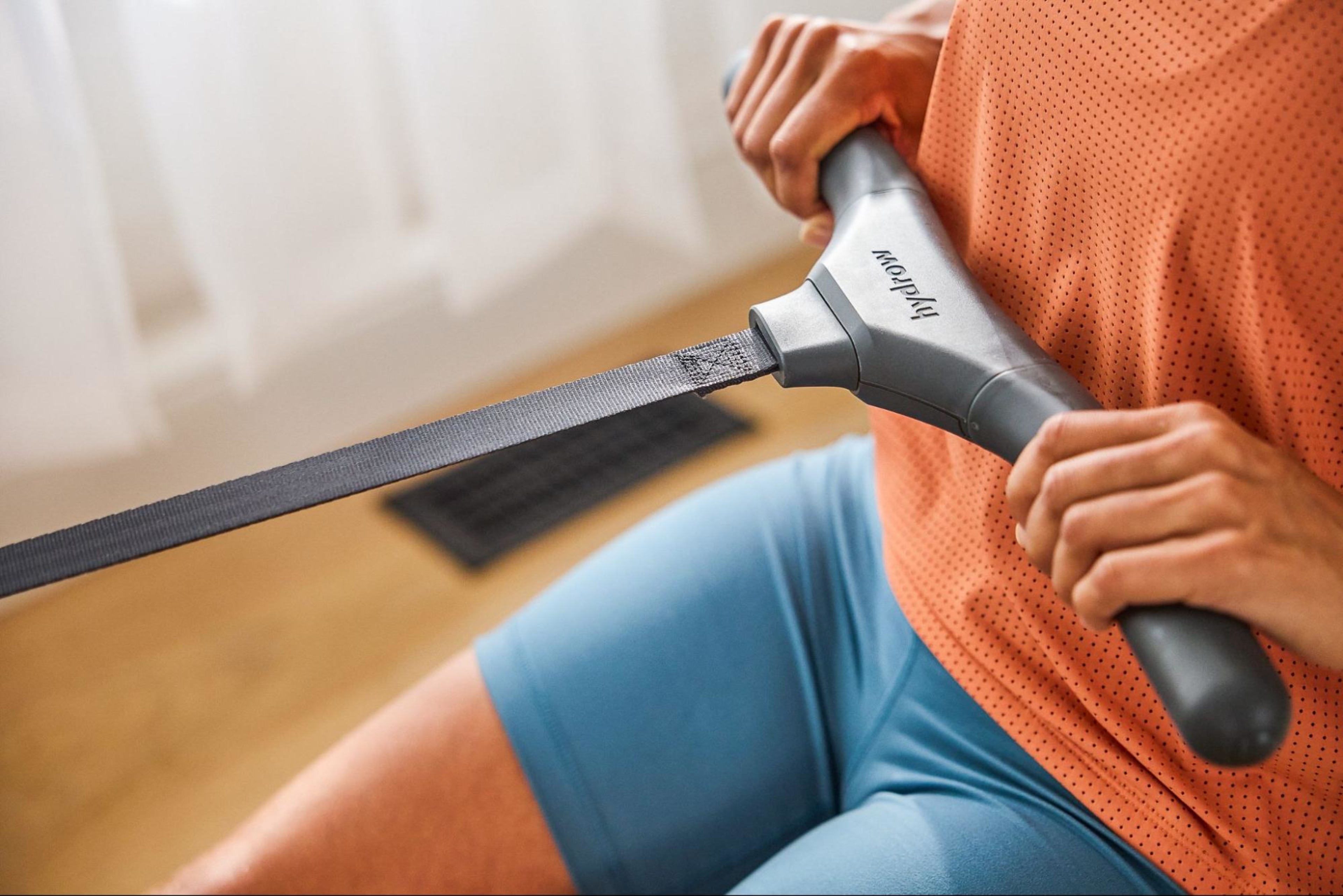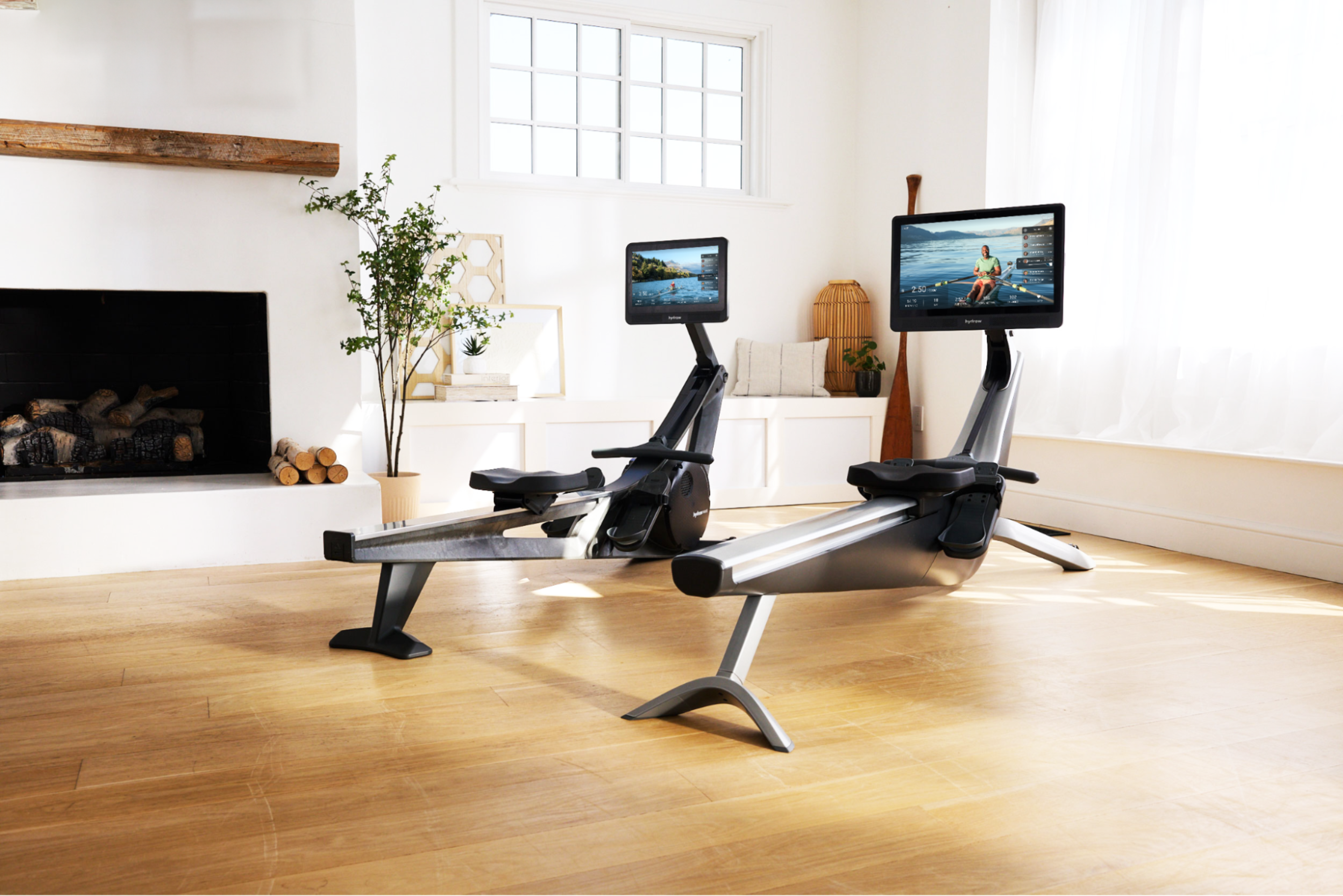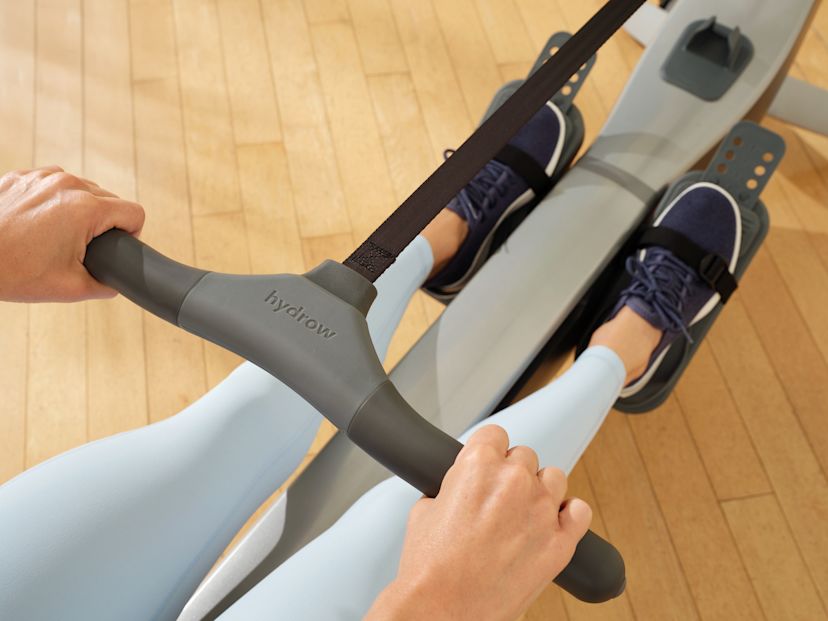Can You Use a Rowing Machine After a Hip Replacement?
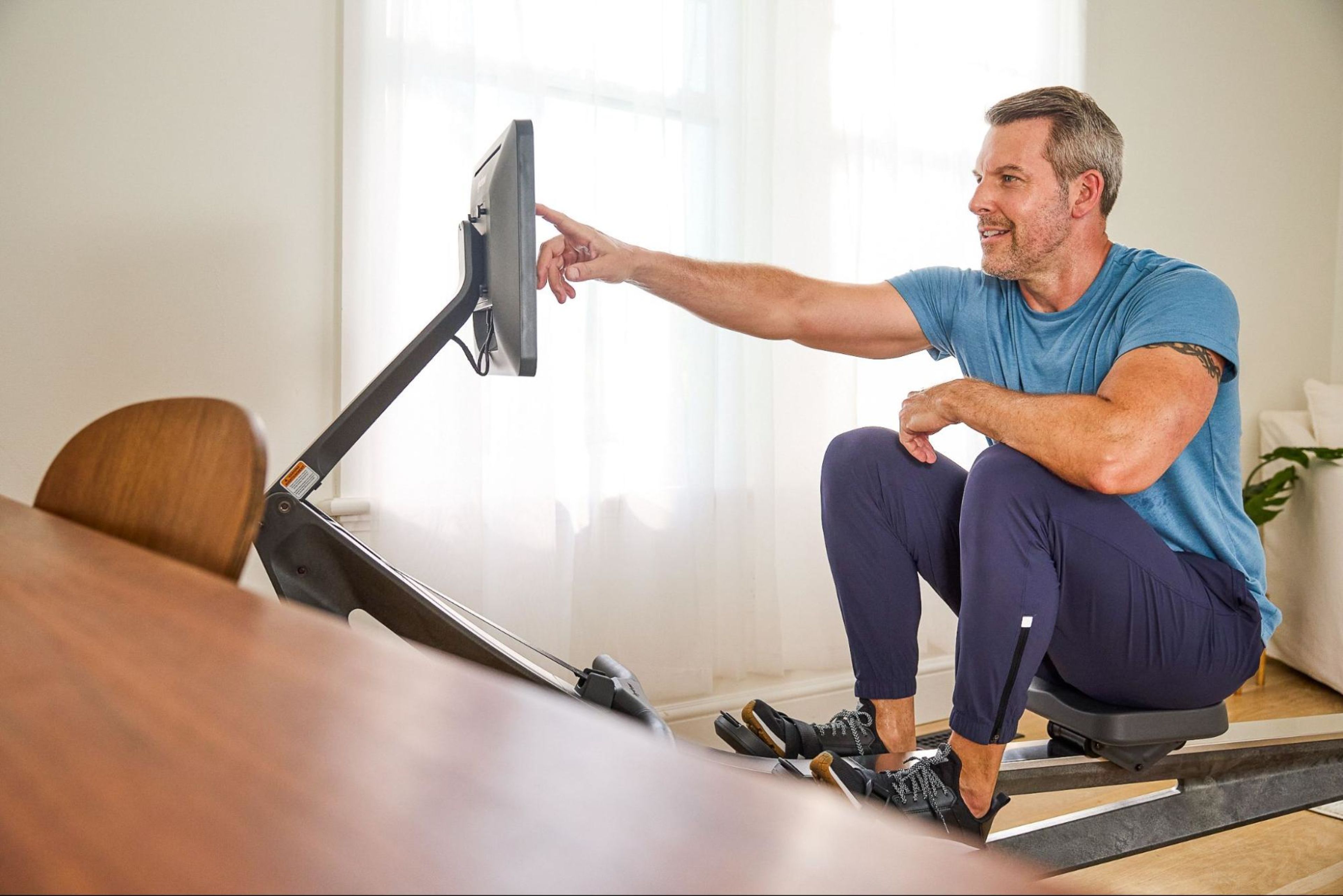
Undergoing hip replacement surgery can be a transformative experience, allowing you to reclaim mobility, reduce pain, and improve your quality of life. Immediately following a hip replacement, structured exercises are typically prescribed by a physical therapist that encourage flexibility and strength around the hip joint. Once a certain level is achieved, finding the right form of regular exercise is crucial for continued recovery and joint health.
Rowing machines are a great exercise option after a hip replacement, so let’s take a look at when it’s safe to add rowing into your recovery process, the benefits of rowing after a hip replacement, and how to stay safe along the way.
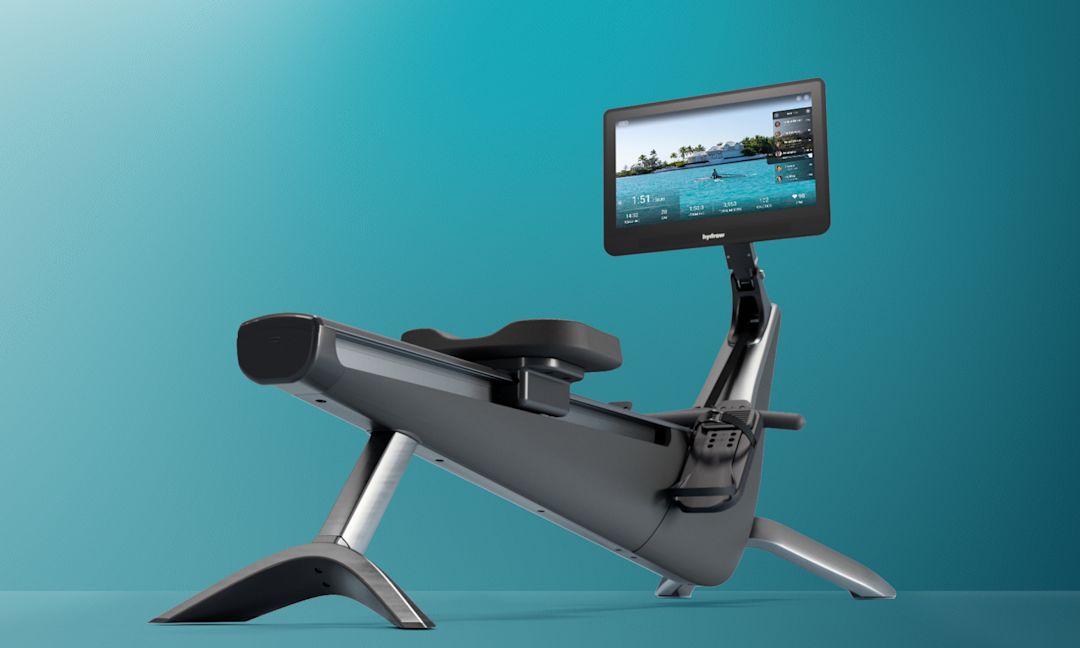
Holiday savings are here
Bring home our award-winning rowers at the best prices of the year.
Can you use an indoor rower right after a hip replacement?
Adding in movement following a hip replacement will help you recover faster and better. However, it is very important to listen to the advice of your doctor and be strategic about what and when you incorporate various forms of exercise into your recovery process.
Immediately after your hip replacement, your primary focus will be on walking and doing the functional exercises provided by your physiotherapist. In fact, certain movements should be avoided entirely to prevent dislocation and fractures, including:
Crossing your legs or ankles
Bending past 90 degrees at the waist
Bending your knee past hip level
Twisting or pivoting a the hip
Rowing requires repetitive hip flexion/extension, and if done correctly, both your trunk flexion and knee compression will exceed what is recommended in the early stages of hip replacement recovery. For this reason, rowing is not recommended immediately following your hip replacement surgery.
Eventually, based on your individual process and clearance from a doctor, rowing and certain types of strength training can be adopted (or re-adopted) into your fitness routine.

Cardio and strength, combined
Burn calories and build muscle with steady, natural movements.
The benefits of rowing after hip replacement recovery
After recovering from hip replacement surgery, finding the right exercise that supports healing and strengthens your body is crucial. Rowing is an excellent option for post-recovery fitness for several reasons, including:
Rowing strengthens key supportive muscles
Strengthening your quad and glute muscles is imperative to improve the longevity of your hip joint. These muscles are vital for controlling the joint forces on the hip, so targeting them will help reduce pain and potentially reduce the rate of joint deterioration. With proper rowing technique, your glutes and quadriceps will be fired up, fully engaged, and strengthened!
Rowing is safe
An indoor rowing machine provides a controlled setting to exercise in as you move in a smooth, continuous, linear fashion. Additionally, because you’re working out from a seated position, your chance of falling and causing a dislocation or fracture is highly unlikely.
Rowing is low impact
While exercising is an important part of regaining full hip mobility, you will be guided toward low-impact exercise after a hip replacement. Rowing provides a full-body, low-impact workout that minimizes stress on your hip joint, reducing the risk of aggravating pain or causing injuries commonly associated with higher-impact exercises such as running or jumping.
Rowing improves cardiovascular health
As a full-body, low-impact exercise, rowing machine workouts fully engage multiple muscle groups at once, placing more demand on your heart and lungs than workouts that only target upper-body or lower-body muscles. This will enhance the strength and stamina of your heart without overstraining your hip. As you progress, you can adjust the intensity and duration of your workouts to suit your fitness level.
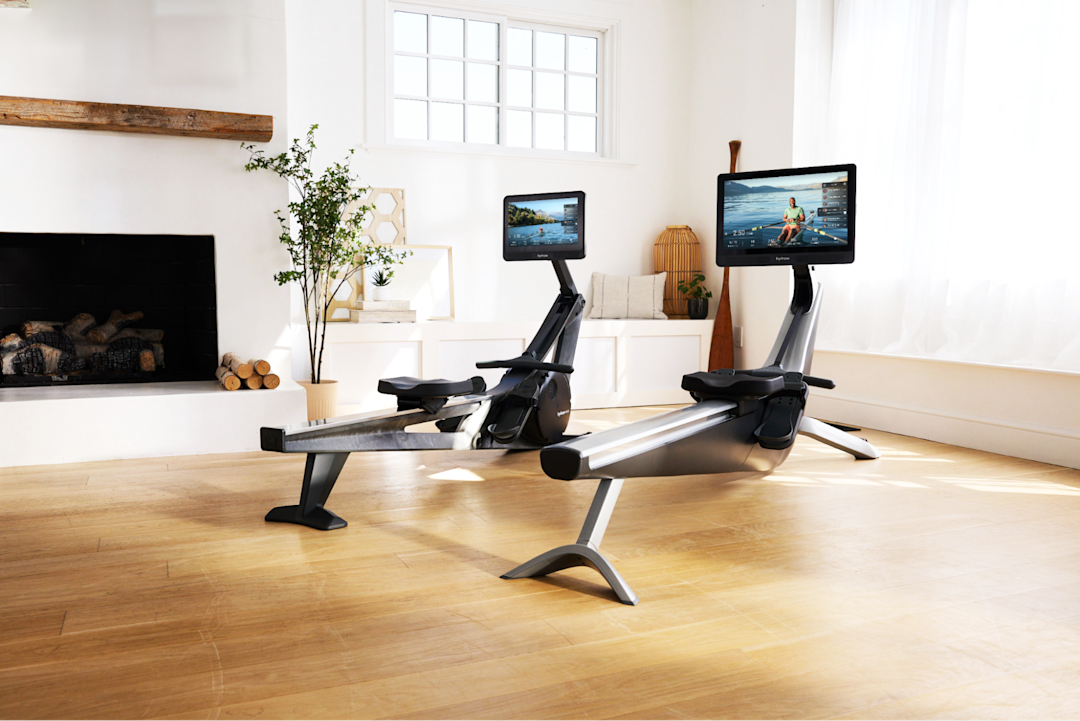
Wondering if a Hydrow rowing machine is right for you? Get answers in our FAQ guide.
Rowing movement can be modified
Rowing machines can be easily adapted so you can move within a comfortable range of motion. From a seated position, you’ll move along a smooth slide and can gradually increase the distance you move up and down as your hip flexibility improves.
Rowing helps with weight management
As a full-body exercise, rowing engages more muscles and therefore can burn more calories, which can help you maintain an ideal weight and help with the longevity of your new hip. Be sure to combine your workouts with a healthy diet to get the most out of your new routine!
Related blog: Are Rowing Machines Good for Bad Hips?
How to stay safe when using a rowing machine after a hip replacement
While rowing can be a fantastic workout, it is important to take steps to stay safe and healthy along your fitness journey. Here are our top tips:
Consult a medical team: Prior to starting or reintegrating any activity into your fitness routine, consult a doctor or physical therapist. They can provide personalized guidance based on your recovery status.
Start slowly: Gradually increase your duration and intensity of exercise. It’s better to be cautious and patient than to overdo it and risk injury.
Focus on proper technique: Take the time you need to get used to the rowing machine and movement and start by focusing more on your form than your intensity level. Not only will this keep you safe, but it will also maximize the effectiveness of your workouts.
Listen to your body: Pay attention to any discomfort or pain during rowing. If you experience sharp pain in your hip or other areas, stop and consult a medical professional.
Warm up and cool down: Always include a proper warm-up before rowing to prepare your muscles and joints. Similarly, cool down with stretches to enhance flexibility and reduce soreness.
Rowing after a hip replacement: Final thoughts
Rowing can be a fantastic addition to your post-hip-replacement fitness routine, offering numerous benefits while being gentle on your joints. If you’re an avid rower looking forward to returning or are looking for a new opportunity to try a new activity, Hydrow’s rowing machines may be the right fit for you.
Hydrow brings more than just equipment—it brings total-body results and intelligent training.
Each stroke works 86% of your muscles, delivering an efficient, immersive workout—and with real-time feedback and personalized scores, Hydrow helps you help you row smarter, build strength, and stay motivated. Just 20 minutes a day is all it takes to move with purpose, boost energy, and see results that last.
Hydrow’s workouts are led by world-class and Olympic Athletes and filmed on real water in beautiful locations around the world. Whether you’re rowing or cross-training with yoga, Pilates, strength, mobility, or circuit workouts, you’ll find movement that motivates—and keeps you coming back.
Ready to train smarter? Explore what Hydrow can do for you.

Real strength keeps moving
Learn how working out with Hydrow can help support a fuller, more active life.

